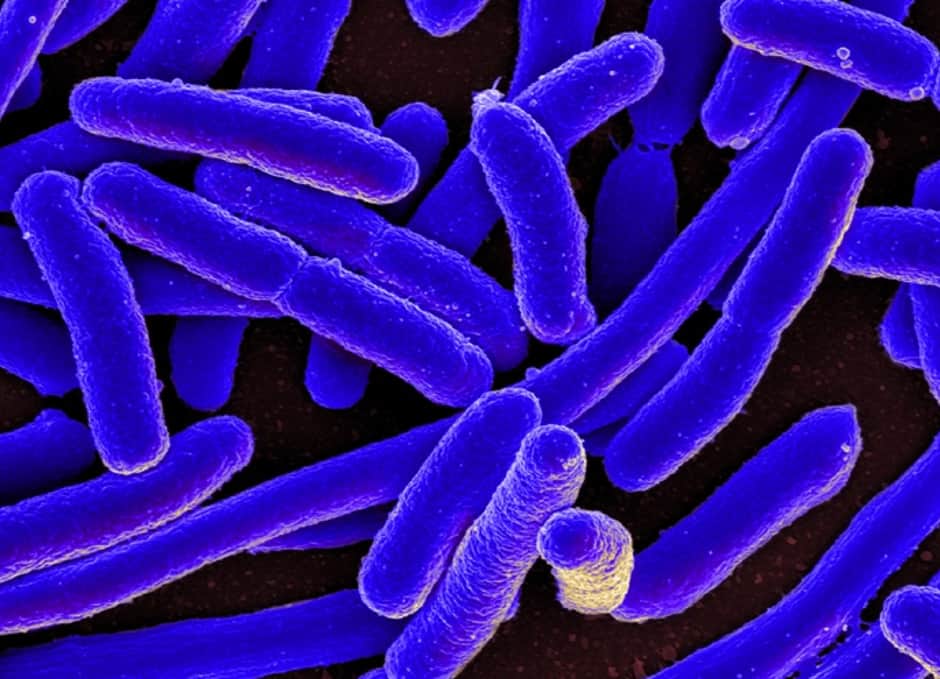Swimming microbots mimic bacterial motion for precision tasks
Swimming microbots inspired by bacteria could one day be used to carry out precision tasks such as microscale assembly and targeted drug delivery.

Swimming micromachines, capable of self-assembling to perform a specific task and then disassembling once that task has been completed, have been the subject of a significant amount of research worldwide.
However, it has so far proven difficult to control individual microbots effectively when they are operating within a large group or swarm, meaning they cannot yet be used for precision tasks such as drug delivery or in microfluidics applications.
To tackle this problem, Dr Tom Montenegro-Johnson, a mathematical biologist at Birmingham University, looked at the way certain bacteria such as E.coli change their shape in order to propel themselves through their environment.
“These bacteria swim by a run-tumble method,” said Montenegro-Johnson. “This means they have a ballistic trajectory for a certain amount of time called a run, where they swim in a straight line, and then they unbundle all of their flagella, and this causes a random re-orientation, and then they swim in a straight line again,” he said.
Register now to continue reading
Thanks for visiting The Engineer. You’ve now reached your monthly limit of news stories. Register for free to unlock unlimited access to all of our news coverage, as well as premium content including opinion, in-depth features and special reports.
Benefits of registering
-
In-depth insights and coverage of key emerging trends
-
Unrestricted access to special reports throughout the year
-
Daily technology news delivered straight to your inbox










Water Sector Talent Exodus Could Cripple The Sector
Maybe if things are essential for the running of a country and we want to pay a fair price we should be running these utilities on a not for profit...